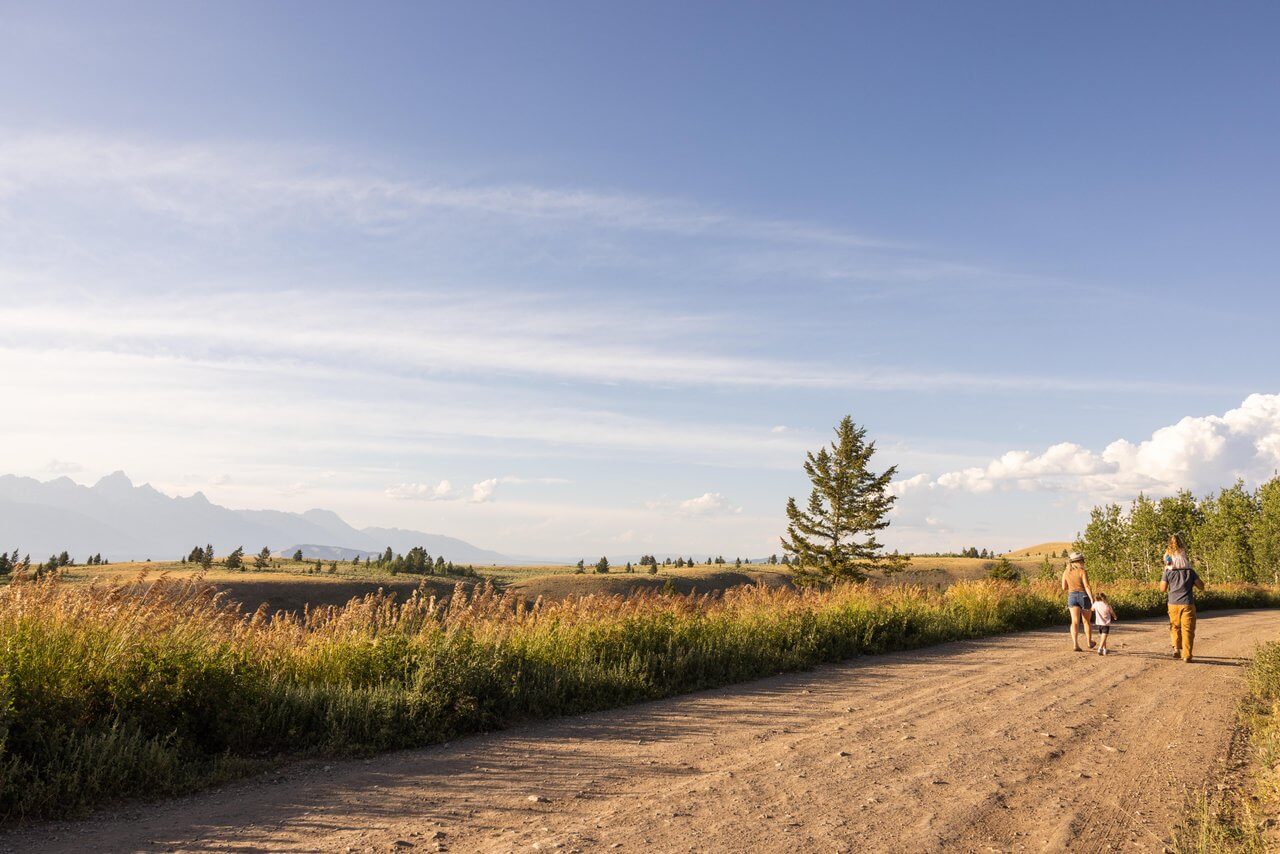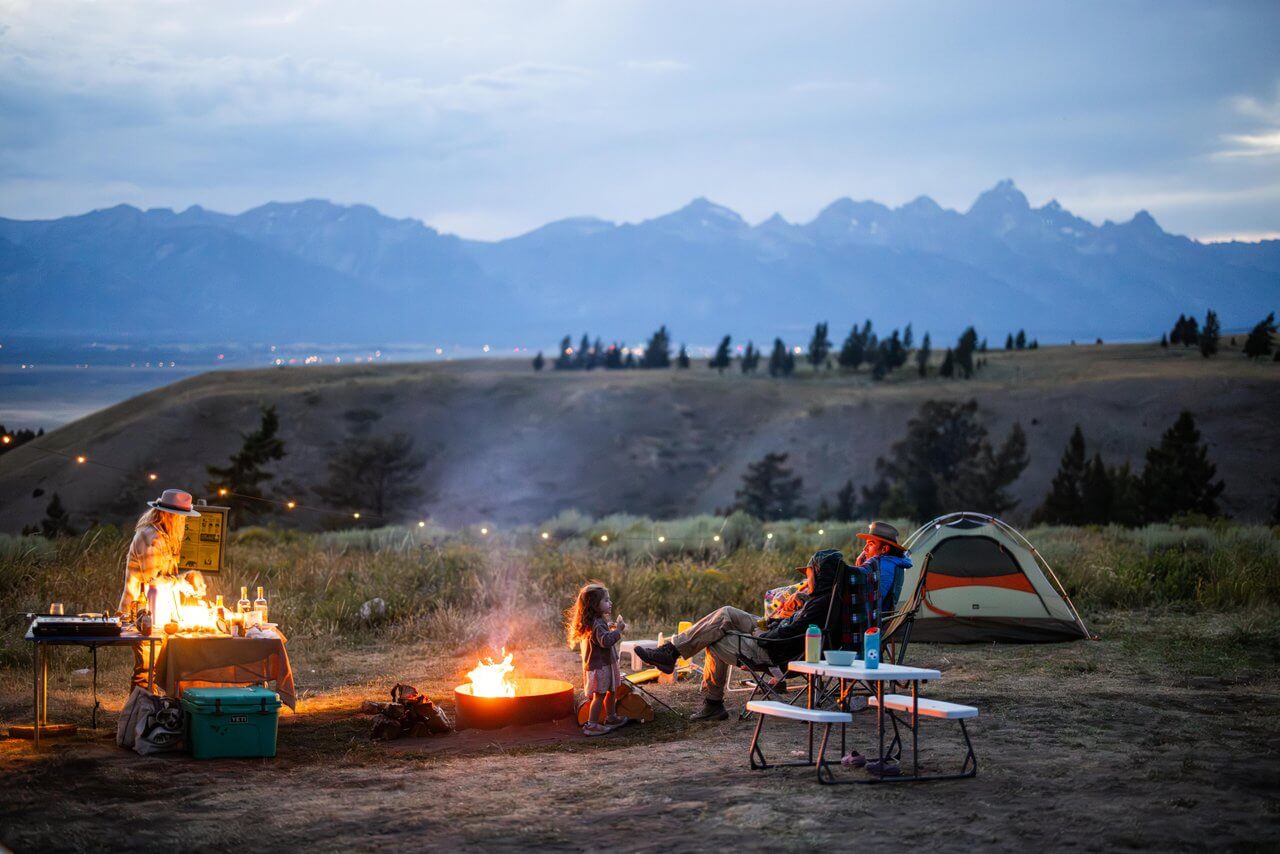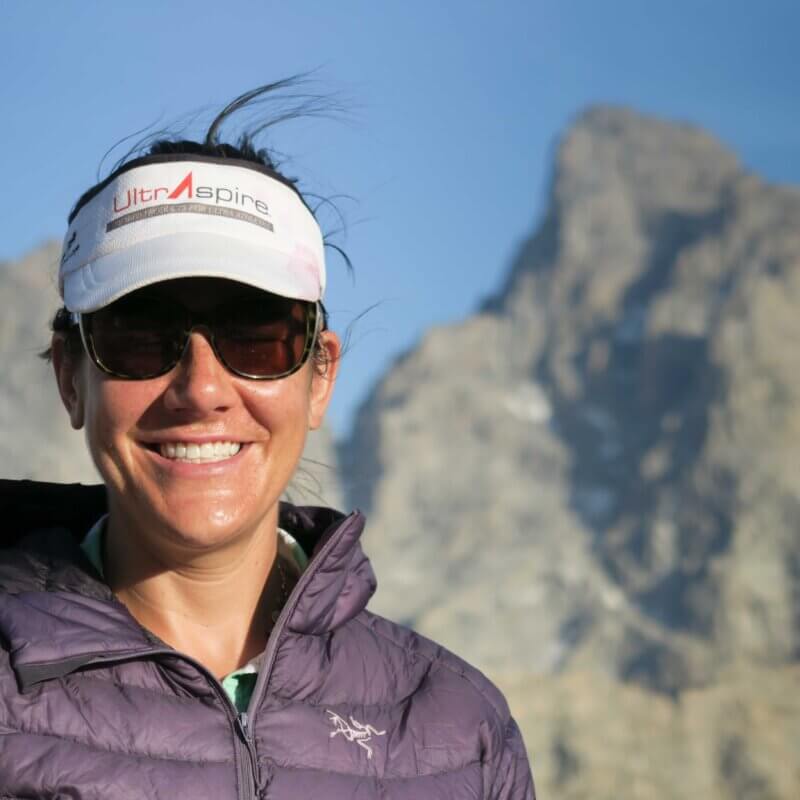When Paradise Feels Crowded: Loving Life in Jackson Hole

Visitors come for the wildlands, wildlife, and Western charm. Locals stay for the same reasons—and that’s where the tension begins.
On a blue-sky morning in early August, one question was asked at two very different places in Jackson Hole.
One: the tourist-thronged Town Square, where four immense elk antler arches frame a constant stream of selfie-takers.
The other: a quiet, undeveloped trailhead tucked into a neighborhood on the edge of the Bridger-Teton National Forest.
The question: Why are you in Jackson Hole?
The answers came quickly and were similar. “It’s amazing and I love it.” “There’s no place like it in the world.” “Jackson Hole is my happy place.”
“People move to Jackson Hole because they love it,” said Crista Valentino, the executive director of the Jackson Hole Travel & Tourism Board—and a former visitor herself. “And people visit Jackson Hole because they love it.”
That love, paradoxically, may be at the root of the tensions between locals and the millions of people who arrive in Jackson Hole—and similarly popular destinations across the Mountain West—each year to ski, hike, photograph wildlife, or simply breathe the high-mountain air.
Morgan Mingle, director of sustainable tourism at the Park City [Utah] Chamber of Commerce & Visitors Bureau sees this dynamic. “Some of the frustration that locals feel because of the perceived effects of visitors comes from their love of and protectiveness of the place they call home.”
This tension, “has existed as long as travel has existed,” said Wes Espinosa, executive director at the Center for Responsible Tourism. “But I do think it’s become more apparent and intense in recent years.”
In a five-page article about conflicting values in the changing West, Spring Gulch rancher Rod Lucas told Newsweek magazine, “I need to get out of this tourist country.” This article was published in 1995.
After the pandemic, Park City residents bristled at congestion and packed parking lots at a beloved trailhead. “Automatically, they blamed visitors,” Mingle says. But a usage study revealed the majority were locals themselves.
In Jackson Hole last winter, the 12-mile drive between downtown and the Jackson Hole Mountain Resort sometimes took 90 minutes. Two weekends the drive was mostly traffic-free? MLK and President’s Day weekends, both blacked out most locals’ season passes.
“We’re trying to move away from pointing fingers at any one user group, and hope both sides consider that they might be part of the problem, which creates the opportunity to also be part of the solution,” Valentino said. “Ignoring one side or the other hamstrings our community’s ability to get to the root cause of these issues and to actually find workable solutions that inevitably will benefit everyone.”



Life in a Popular Place
In Barcelona, Palma de Mallorca and other over-touristed cities, locals have staged marches and doused tourists with water-guns. No cities in the U.S. have yet gone that far, but the frustrations—acute and chronic—Jackson Hole residents feel are real.
“Visitors deal with our increased traffic and long lines for a week—and might not even think they’re bad,” said a resident who has lived in the valley since 1997 that chose to remain anonymous. “But we deal with it daily, all summer long.”
Surveys by the JHTTB confirm the disconnect. Visitors ranked traffic as a “low priority;” residents put it near the top.
Building Bridges
“It is possible the costs of tourism outweigh the benefits, but it is also possible to use visitors and the money they leave behind to enhance the lives of locals and make the community better,” said Nate Wyeth, senior vice president of strategy at Visit Bend.
This can be done with money and/or creative thinking.
In Taos, NM, a “Locals Text Line” lets residents snag tables at fully booked restaurants. “It is an easy thing to do and makes locals feel like their restaurants value them,” says the Center for Responsible Tourism’s Espinosa.
To help ease the strain on overburdened service workers by encouraging kind behavior in patrons, Visit Sun Valley partnered with local businesses to issue “Friend Chips.” An example: “If you showed up to a restaurant and were told it was a 45 minute wait, if you were nice and understanding instead of rude and annoyed, the restaurant could reward you a Friend Chip that was worth some dollar amount,” said Ray Gadd, executive director at Visit Sun Valley.
All but two states in the U.S. impose a sales tax, a lodging tax, or both on overnight transient accommodations, and many municipal governments levy local lodging taxes on top of these state taxes.
In Wyoming, the statewide lodging tax is 5% and 17 of the state’s 23 counties (but not Teton County), levy an additional 2% on overnight stays. State laws—and these are different in every state—govern how lodging taxes are spent. In Wyoming, 3% of the statewide lodging tax goes to the Wyoming Office of Tourism and 2% stays in the county of origin. The 2% must be spent by local tourism boards on destination marketing, tourist education, events, and other tourism-related initiatives (60%). Local governments spend their 40% primarily on mitigating the impacts of tourism on infrastructure and services.
Annually, the Jackson Hole’s tourism board funds almost $5 million from the lodging tax into projects ranging from START bus shelters to free outdoors concerts by artists like the Avett Brothers, The Head And The Heart, and Brent Dennen. It has supported a shuttle for backcountry skiers on Teton Pass, a pilot bus service to the airport, the Wyoming Stage Stop Sled Dog Race, the Native Voices Indigenous Celebration, and even ambassador programs that place trained volunteers at popular camping areas and trailheads to educate users about the whys and hows of recreating responsibly.
“I’m aware visitors use these services and go to these events, but they improve the quality of my life, too,” says Kristan Burba, who has lived in Jackson Hole since 1999. “Maybe that makes the traffic and grocery store madness more bearable.”
The Long View
Other destinations have followed a similar philosophy. In 2021, Visit Bend in Oregon, which is governed by different state laws than the JHTTB, created the Bend Sustainability Fund, awarding more than $3 million in grants for projects like a new hiking trail to the summit of Mt. Bachelor and relocating a beloved cafe threatened with demolition.
In 2025, Teton County Search and Rescue was granted $450,000 of lodging tax money to host the International Commission for Alpine Rescue Annual Congress. The gathering—only the second in the U.S. since its founding in 1948—will bring 500 to 700 mountain-rescue professionals from around the world.
“We’re excited to show off Jackson Hole, but what is really cool is that our entire team gets to attend,” said Matt Hansen, Communications Director for Teton County Search & Rescue Foundation. When the congress is overseas, TCSAR can only afford to send a handful of volunteers. “This one, every volunteer on the team will be exposed to all of this incredible information about alpine rescue that we’ll be able to use to evolve and better serve the community.”
For now, the love for Jackson Hole—from both sides—remains as enduring as the Tetons themselves. But, as Valentino notes, the challenge is making sure this love doesn’t wear out the valley. “We’re trying to avoid loving a place to death or protecting it to inaccessibility.”
Community Involvement
On the Jackson Hole Travel & Tourism Board’s industry website, the Board is calling for community feedback. The survey at the bottom of this story asks locals and visitors alike to share their own thoughts on mending relationships, and the Board is committed to reviewing feedback and opening honest conversations with the community.
 By Dina Mishev
By Dina Mishev